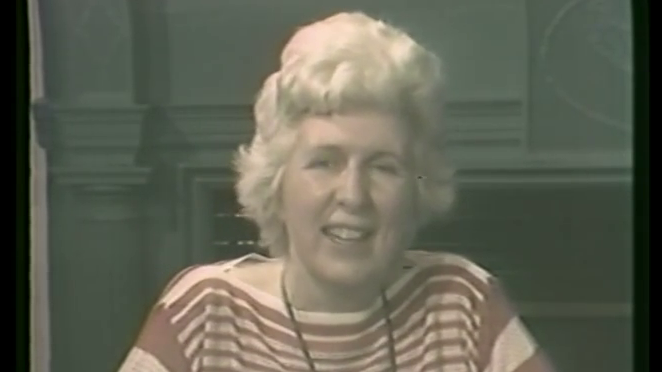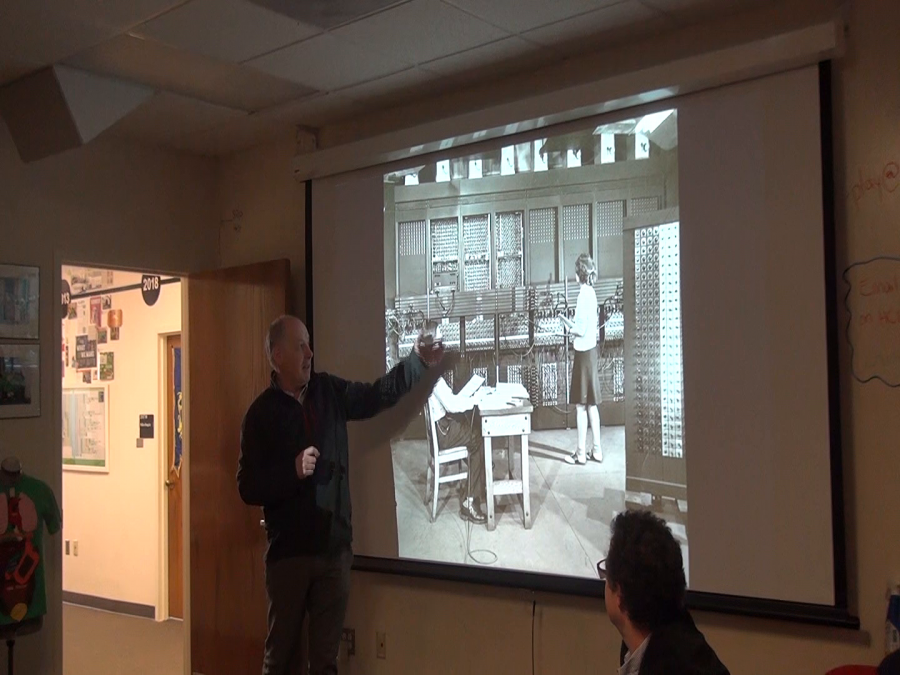The largest part of the ENIAC team by far were the people that were actually building the thing. And it’s interesting they’ve been forgotten by history, because although their job titles were wiremen, technicians, and assemblers, being a business historian I looked up the accounting records, and sometimes they spell out the payroll. You suddenly see all these women’s names like Ruth, Jane, Alice, Dorothy, Caroline, Eleanor showing up.
Archive

Then we were told we had to learn how to operate this machine. Well, how do you go about that? And somebody from Moore School gave us a whole stack of blueprints, and these were the wiring diagrams for all the panels. And they said, “Here, you can figure out how the machine works and then figure out how to program it.”
What I believe is that computer science emerged as a science, as a profession, with all the requirements on what professional standards and requirements of what one needed to know to get a job in the field. […] In that period, then, credentials were established, and by the early 70s things had really changed for women, at least in my environment, and most other groups that I’ve talked to about this theory absolutely agree that that was where there was a significant shift.

